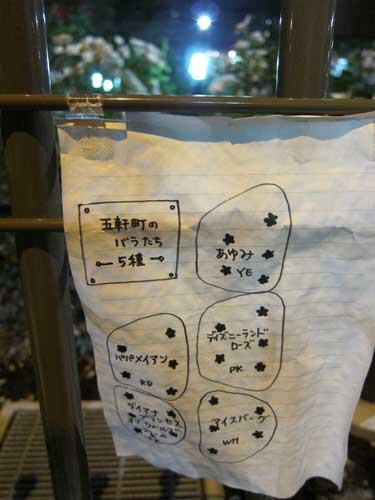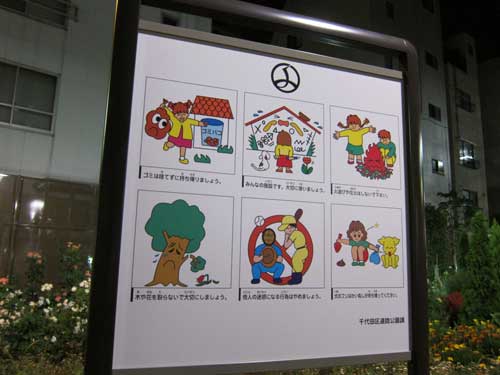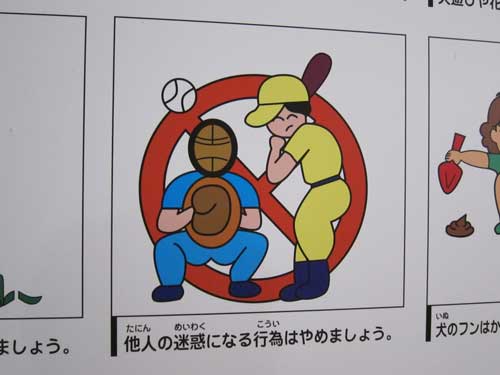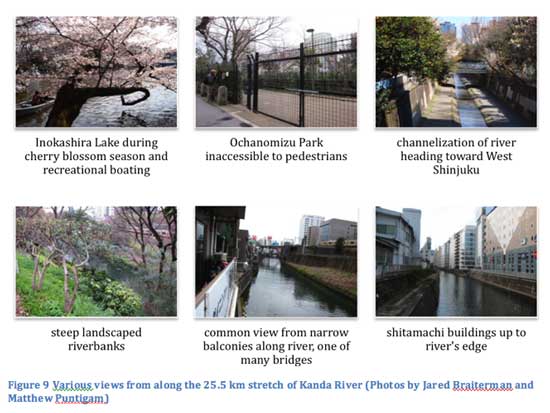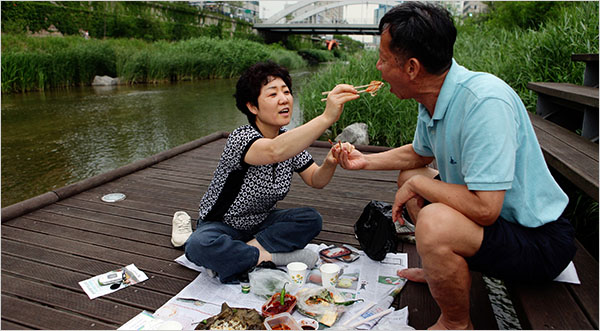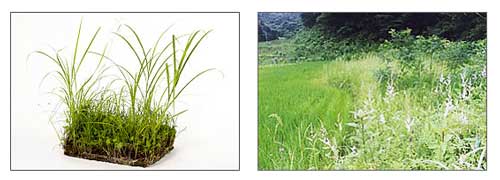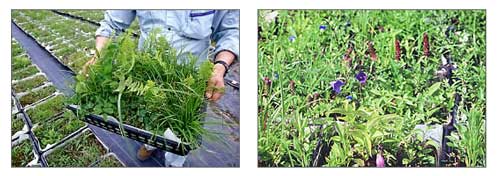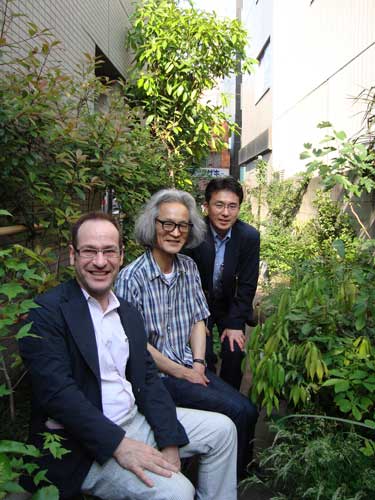Frequently I hear from urban planners, professors, students, and green city people from around the world who want to share their projects or meet people in my network. I encourage them to create a guest blog post. Below is a French student project that turns urban or rural nature discovery into a video game. It sounds creative and fun! The makers will be at Tokyo’s Miraikan this week to talk about it. And, if you would like to share your project, please send in a guest blog post! [Editor]

Can nature be the playground of a video game? Interested in this idea, five students in digital design and production from Gobelins, l’école de l’image, Paris, worked for nine months on a common graduation project named úti (Icelandic for “outdoor”). By addressing the discovery of nature using a game, the team, composed of three graphic designers and two developers, wishes to approach a young audience.
The concept is simple: put in the shoes of a explorer, the player starts exploring the nature that surrounds him, be it a green space downtown, or a forest in the countryside.
The game is composed of a mobile application, which uses GPS to record the walking path and provide the player with contextual activities: discover nearby points of interest, identify tree species, take part in collaborative timelapse animations by taking photos…
Back home, the player can visualize the territory he explored and the species he identified, by connecting to his base camp on úti website.

úti will be showcased at the Digital Content Expo, in the Miraikan, from tomorrow to Sunday. You will be able to test the mobile application and meet the team at the “Futur en Seine” stand (1F).
They are looking for partners and investors, so if you are interested in supporting the project, please contact the team at contact@projet-uti.com
More info on the Digital Content Expo website: http://www.dcexpo.jp/en/programs/futurenseine/
Visit úti website for video demos: http://www.projet-uti.com




